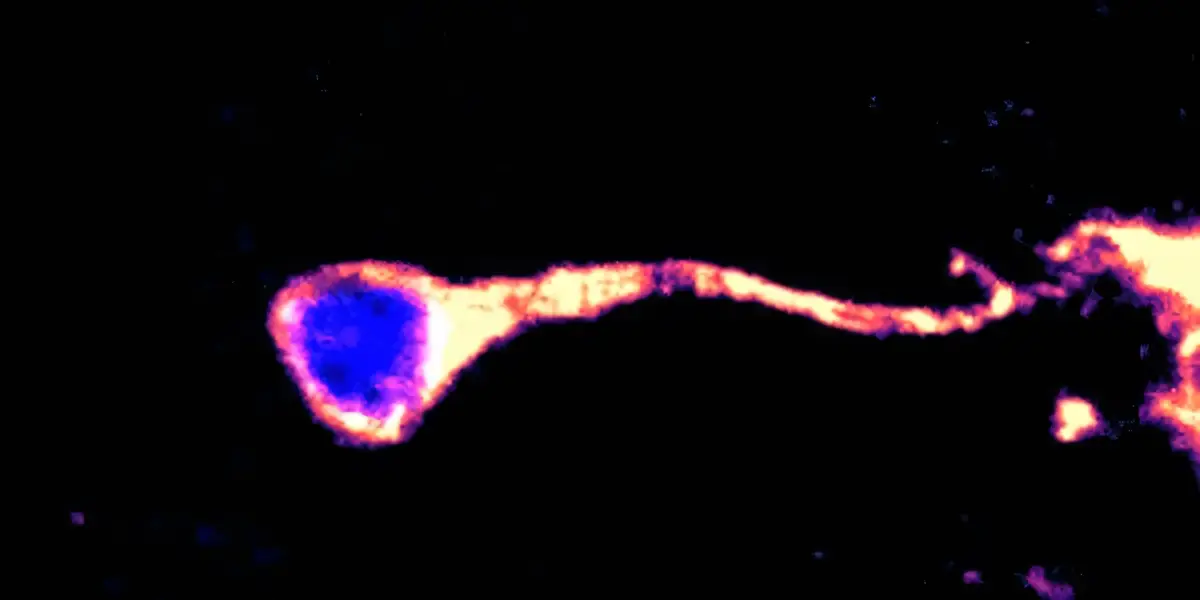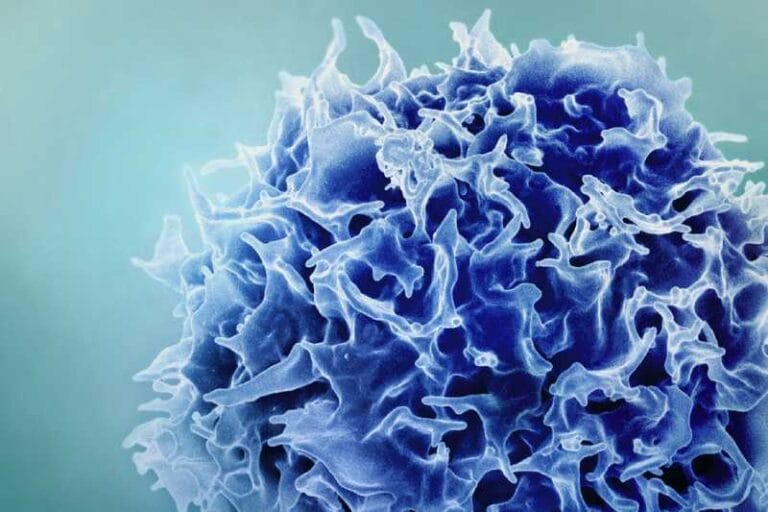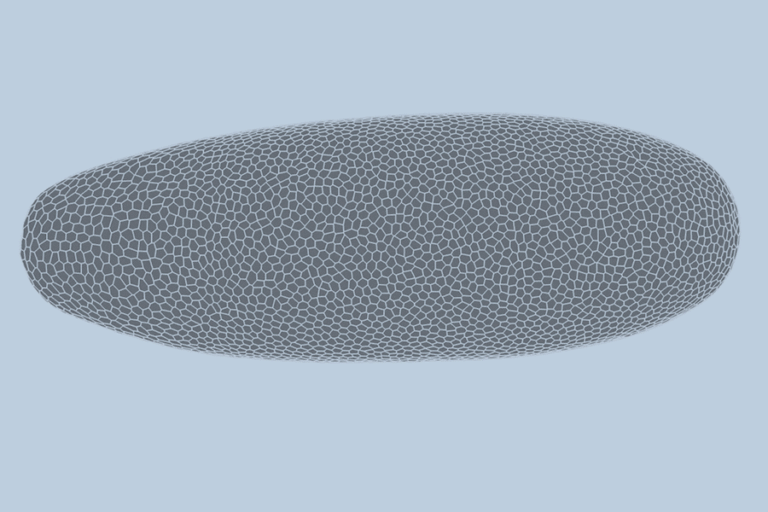A mechanism that reactivates neural stem cells is discovered

A team of international neuroscientists, led by researchers from Duke-NUS Medical School, has identified a crucial mechanism governing the reactivation of neural stem cells, which are vital for brain cell repair and regeneration.
Published in Nature Communications, the study presents significant insights with potential implications for advancing treatments of neurodegenerative disorders such as Alzheimer’s and Parkinson’s diseases.
Neural stem cells serve as the origin of the brain’s functional cells. After the brain’s initial developmental stages, these stem cells typically enter a quiescent state to conserve energy and resources, reactivating only when necessary, such as following injury or during physical activity. However, as individuals age, fewer neural stem cells can be reactivated, contributing to the onset of various neurological disorders. Consequently, understanding the regulatory mechanisms underlying this reactivation is crucial for the development of novel therapeutic interventions.
The researchers discovered that a specific group of proteins plays a pivotal role in reactivating dormant neural stem cells through a process known as SUMOylation. In this process, a small protein called SUMO (small ubiquitin-like modifier) attaches to target proteins within the cell, modulating their activity and function. These SUMO-tagged proteins were found to be key in triggering the reawakening of neural stem cells, thus facilitating brain repair and development.
Importantly, the absence of SUMO proteins in the study led to a microcephaly-like phenotype in fruit flies, underscoring the significance of SUMOylation in neural stem cell activation. This research marks the first identification of the precise role of SUMO proteins in this critical biological process.

Dr. Gao Yang, a research fellow in the Neuroscience and Behavioral Disorders Program at Duke-NUS and the lead author of the study, emphasized the groundbreaking nature of the findings, stating, “We have demonstrated for the first time that the SUMO protein family plays a pivotal role in the reactivation of neural stem cells and in overall brain development.”
He further elaborated, “Going a step further, we also showed that when these proteins are absent, normal neuronal development is hampered, with fruit flies developing undersized brains characteristic of microcephaly.”
The researchers further explored the role of SUMOylation, revealing that it regulates a critical protein in the Hippo pathway, a well-known signaling cascade involved in cellular processes such as cell proliferation, apoptosis, and organ size regulation. Despite its importance, few regulators of the Hippo pathway have been identified in the brain.
The study demonstrated that when the central protein of the Hippo pathway, Warts, is modified by SUMO, its ability to restrict cell growth and prevent neural stem cell reactivation is diminished. This reduction in Warts’ activity enables neural stem cells to proliferate and differentiate into new neurons, contributing to brain development and function.
Professor Wang Hongyan, Acting Program Director of the Neuroscience and Behavioral Disorders Research Program at Duke-NUS and senior author of the study, highlighted the broader implications of the findings: “Given that SUMO proteins and the Hippo pathway are highly conserved in humans, our findings aren’t just relevant for fruit flies. They’re also important for understanding human biology.
She further noted, “Disruptions in the SUMOylation process and Hippo pathway are linked to various illnesses in humans, including cancer and neurodegenerative diseases, like Alzheimer’s and Parkinson’s disease. Our new insights into the role of SUMOylation in the brain opens exciting new opportunities for interventions that could lead to targeted therapies that harness the body’s own regenerative powers.”
Professor Wang and her team had previously demonstrated that fruit fly neural stem cells serve as an exceptional model for investigating the mechanisms underlying dormancy, reactivation, and neuronal regeneration.
Commenting on the broader impact of the study, Professor Patrick Tan, Senior Vice-Dean for Research at Duke-NUS, stated, “This discovery advances our understanding of how cells work and are controlled, informing the development of new regenerative therapeutics for neurodegenerative diseases. At the same time, it opens new possibilities for developing treatments for neurological conditions such as microcephaly.”
He added, “As research continues, we move closer to finding effective ways to help people with these disorders and improve their quality of life.”






